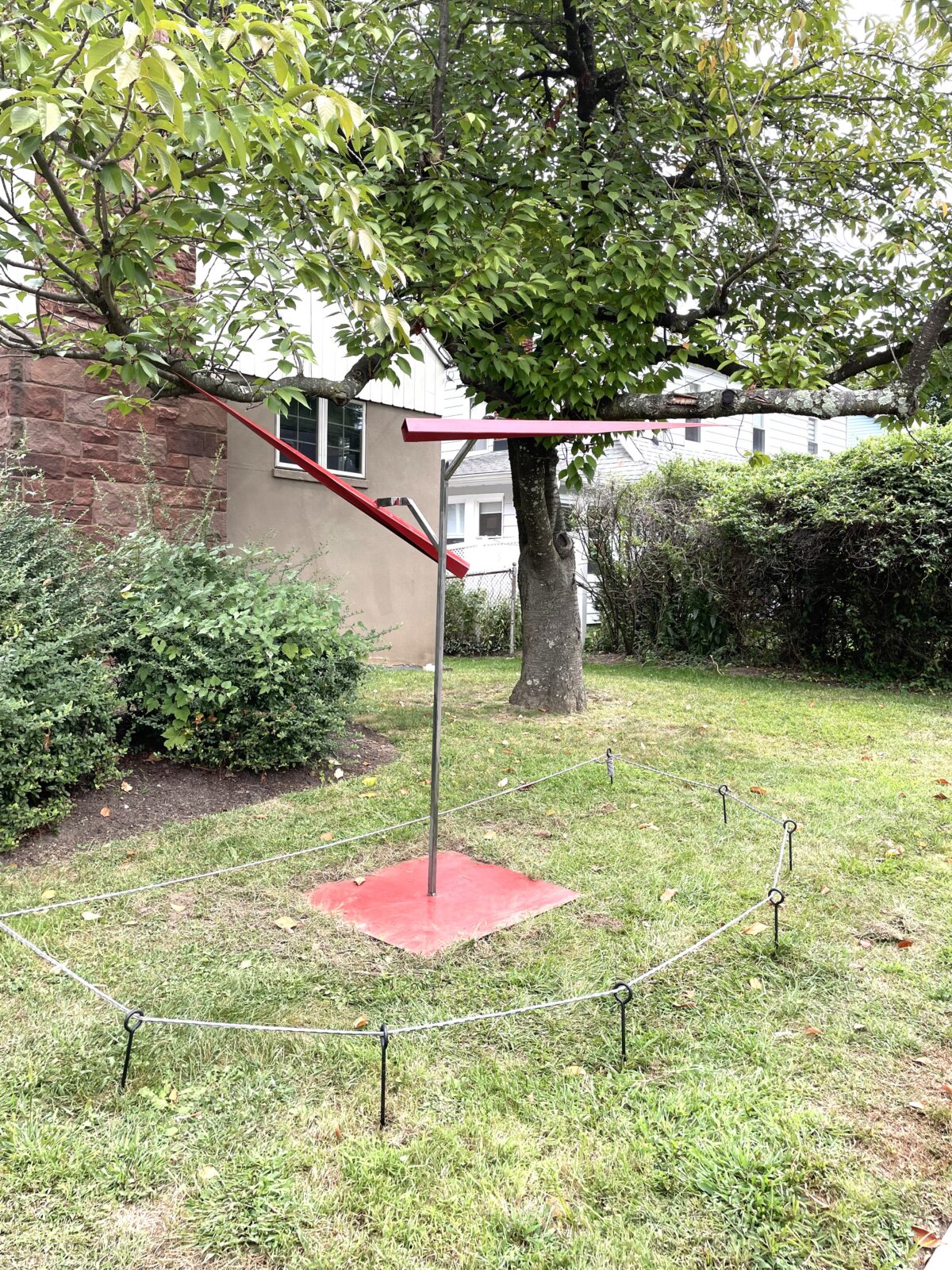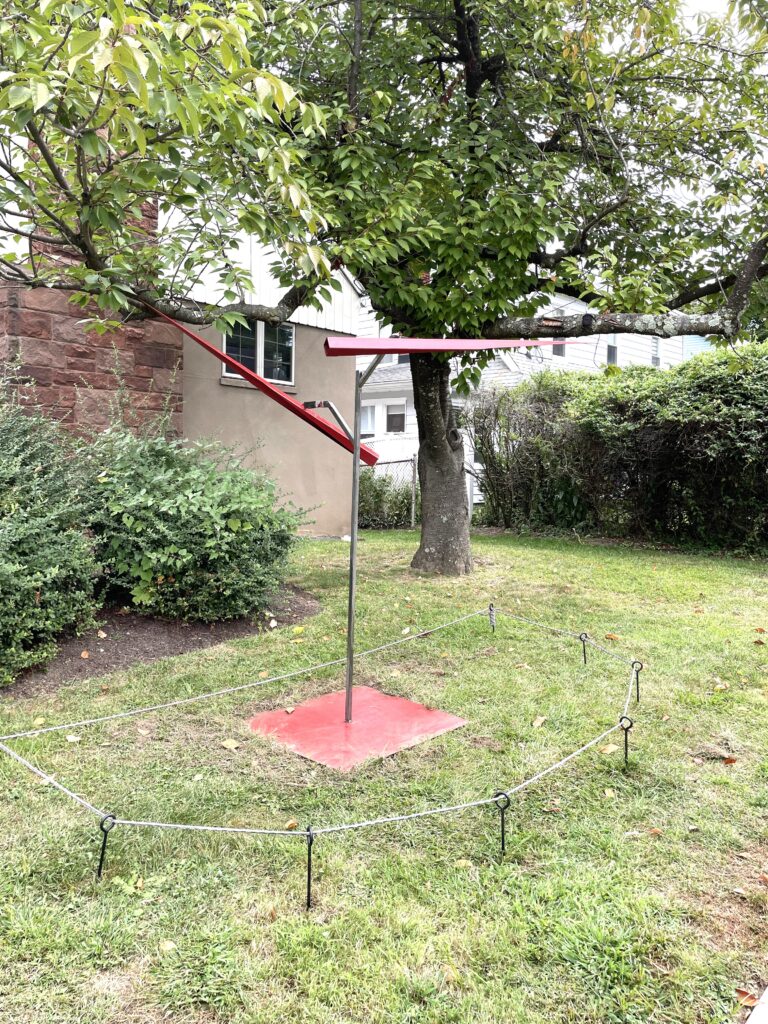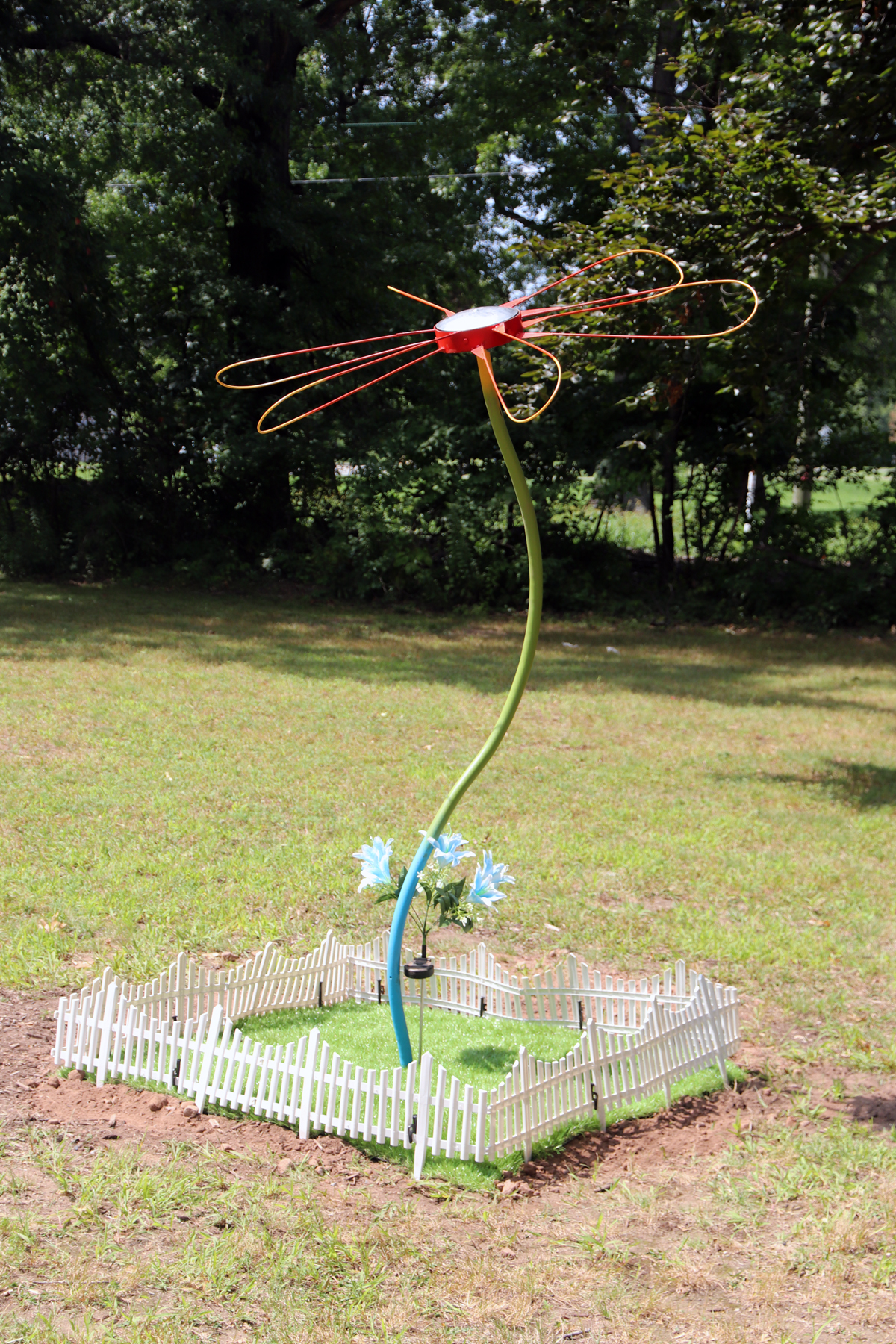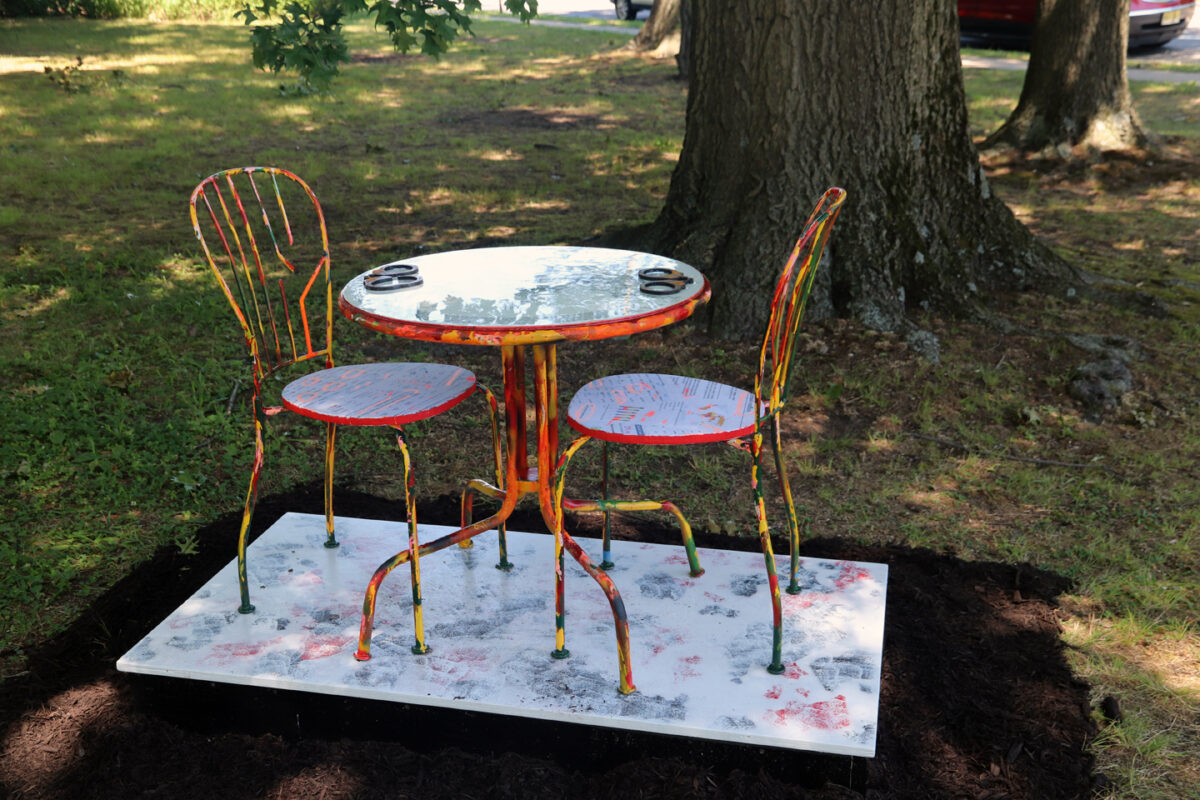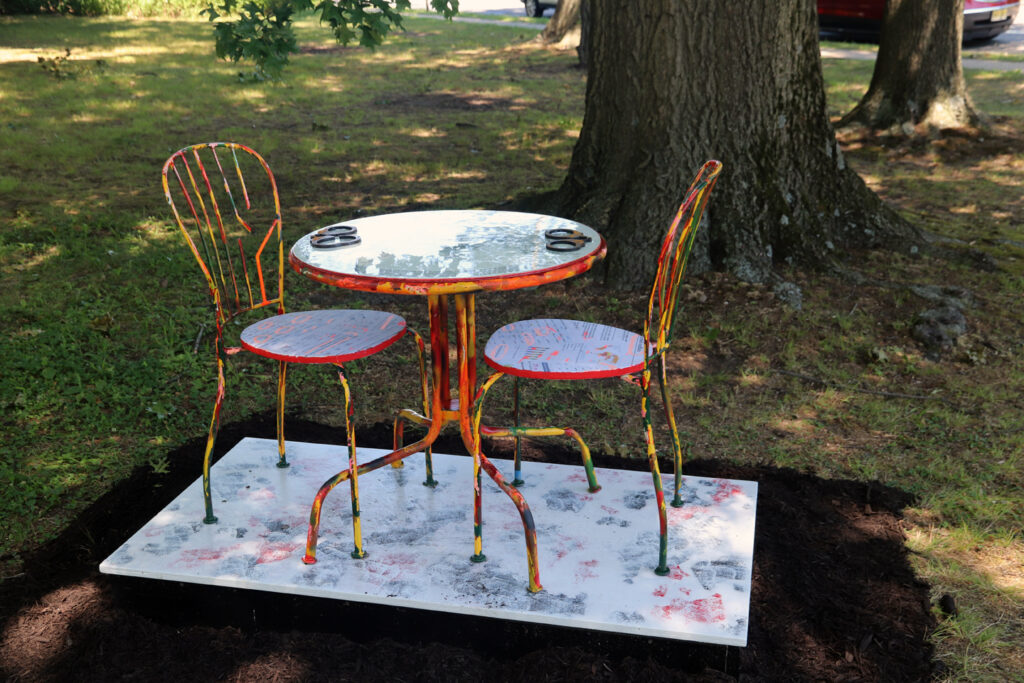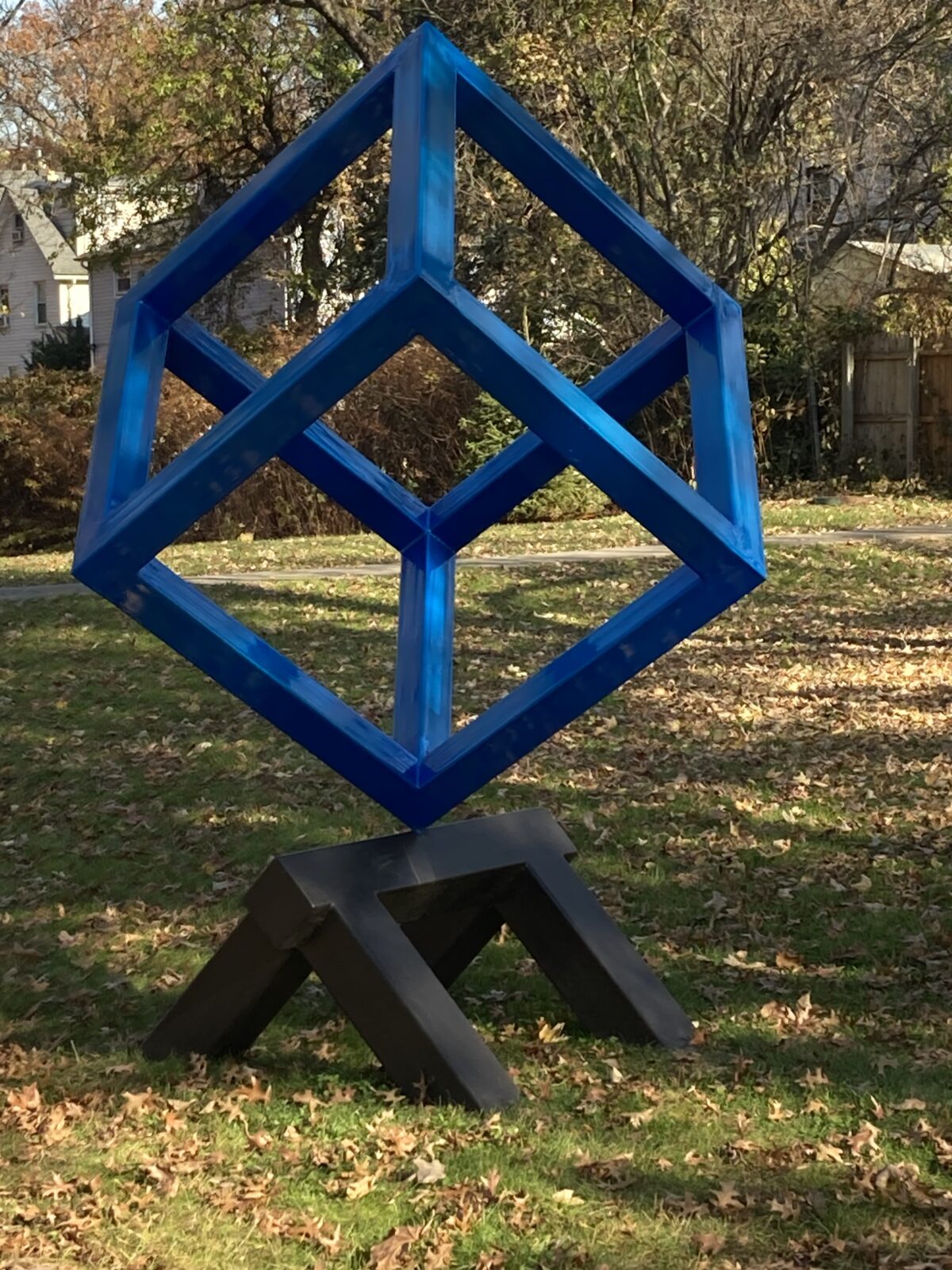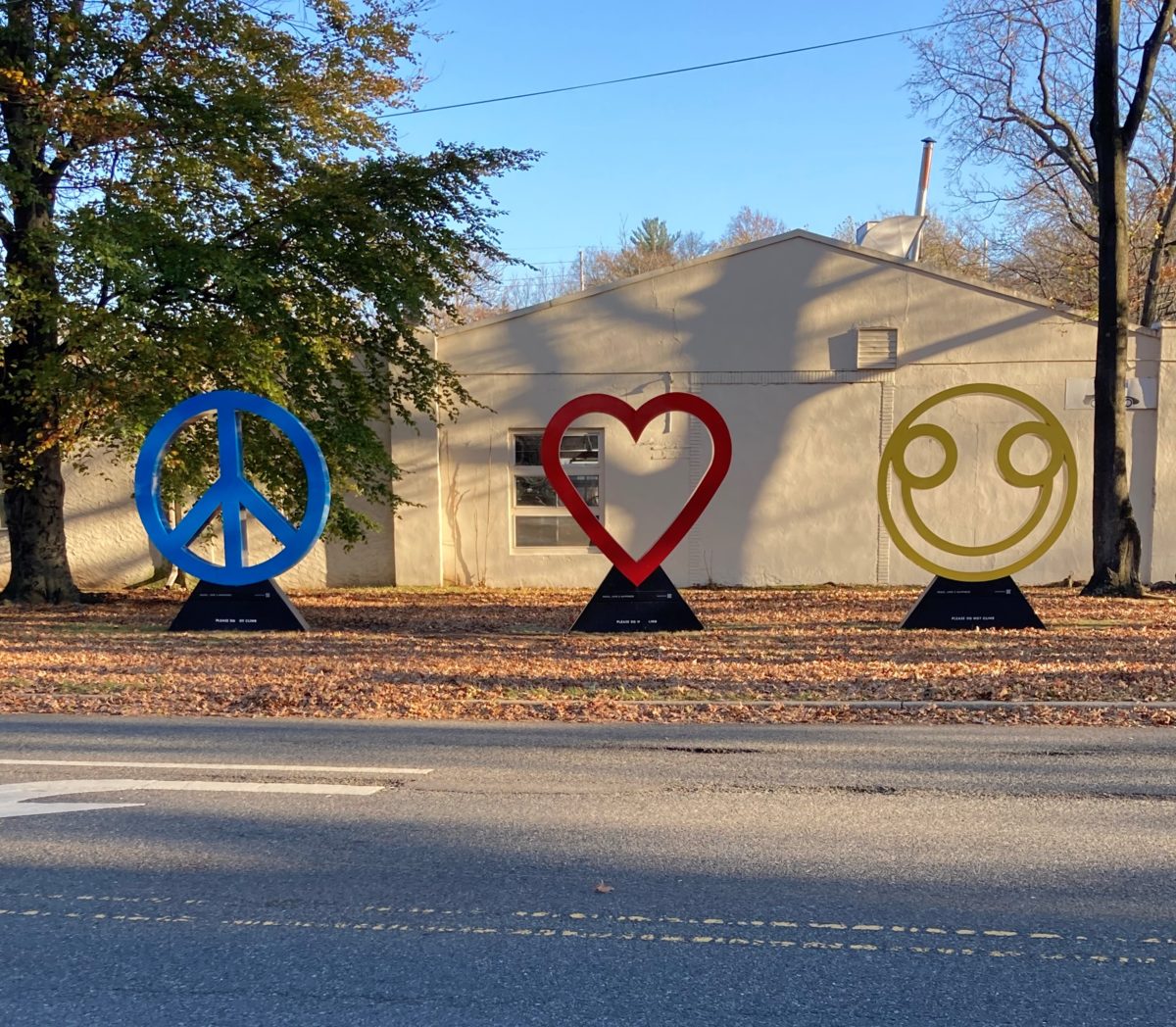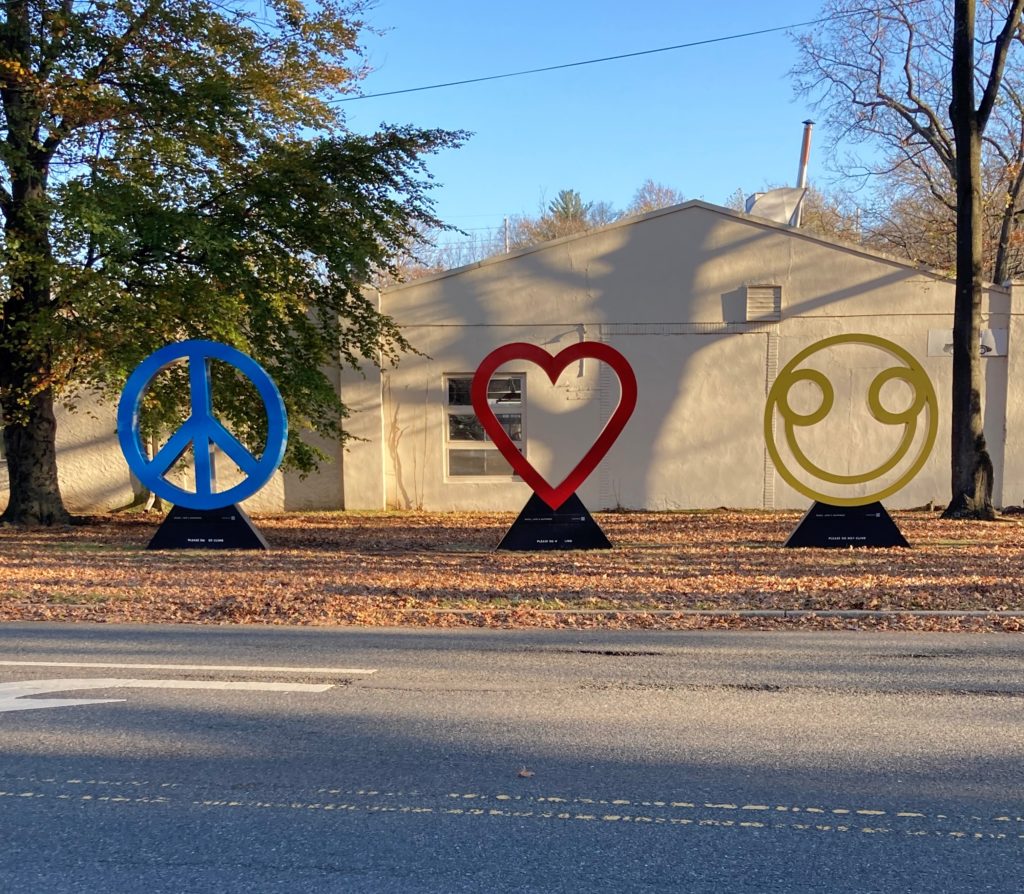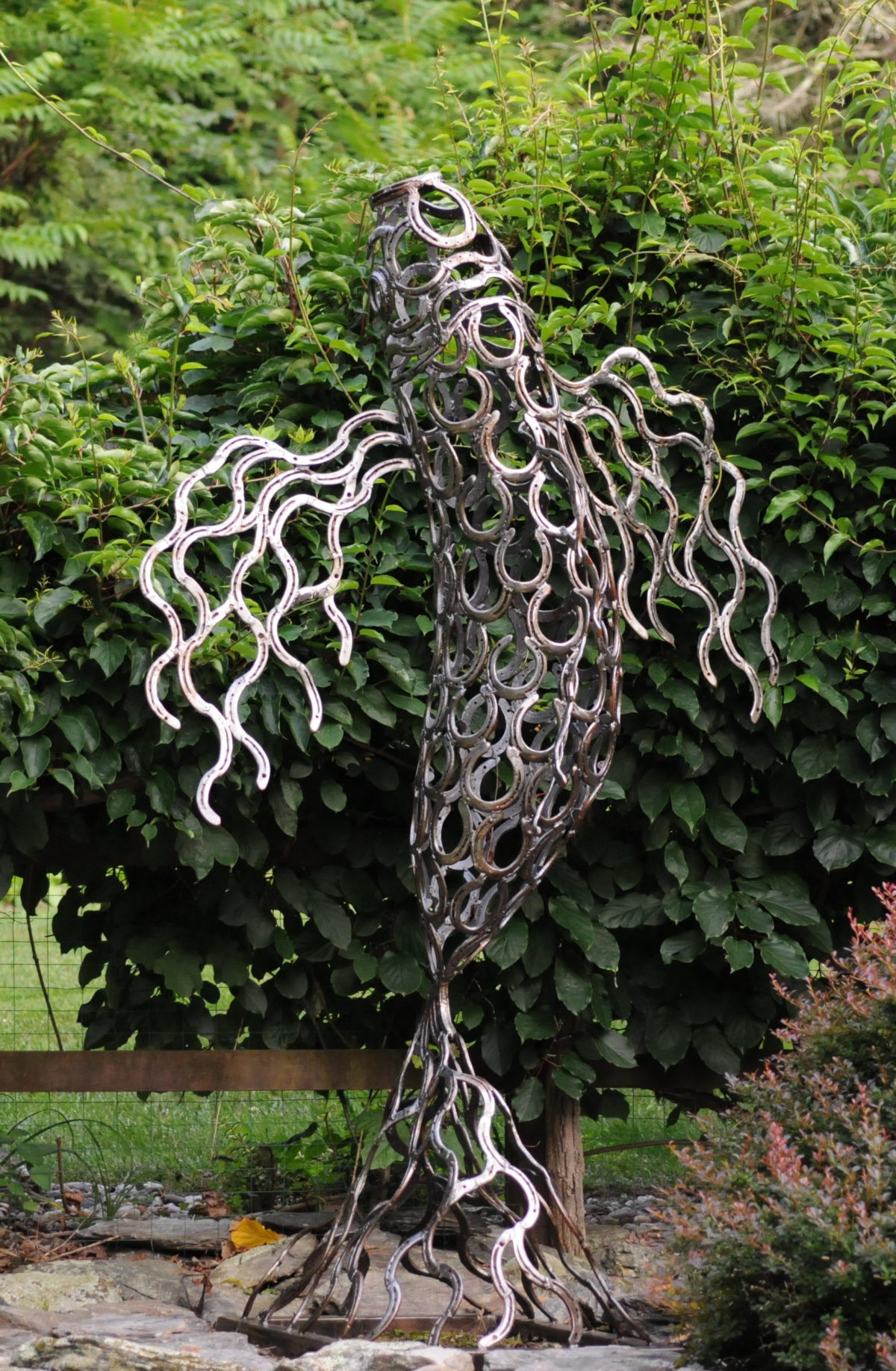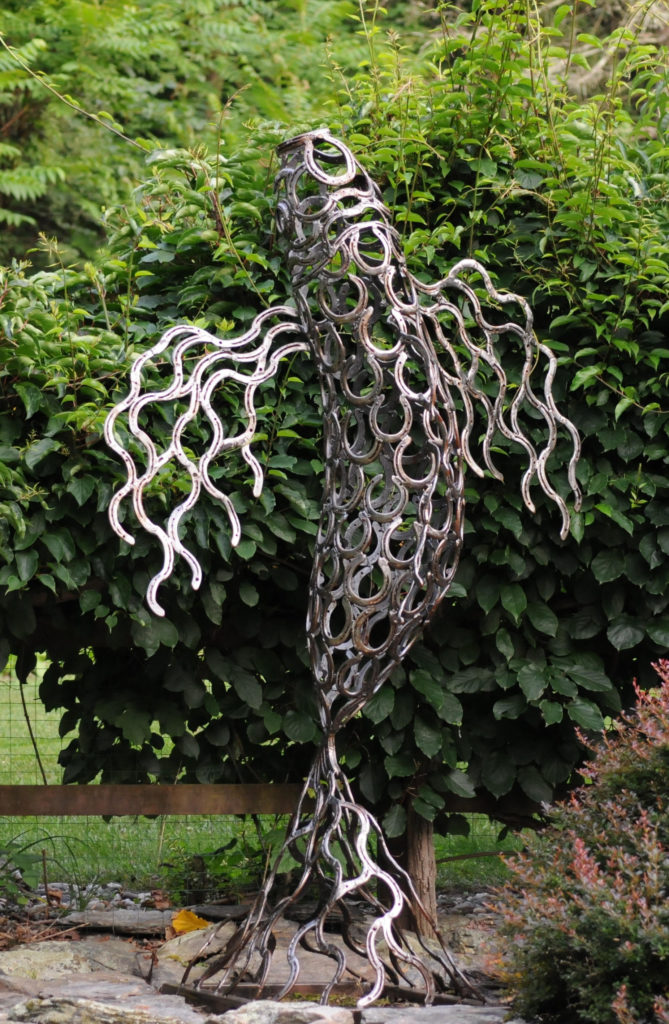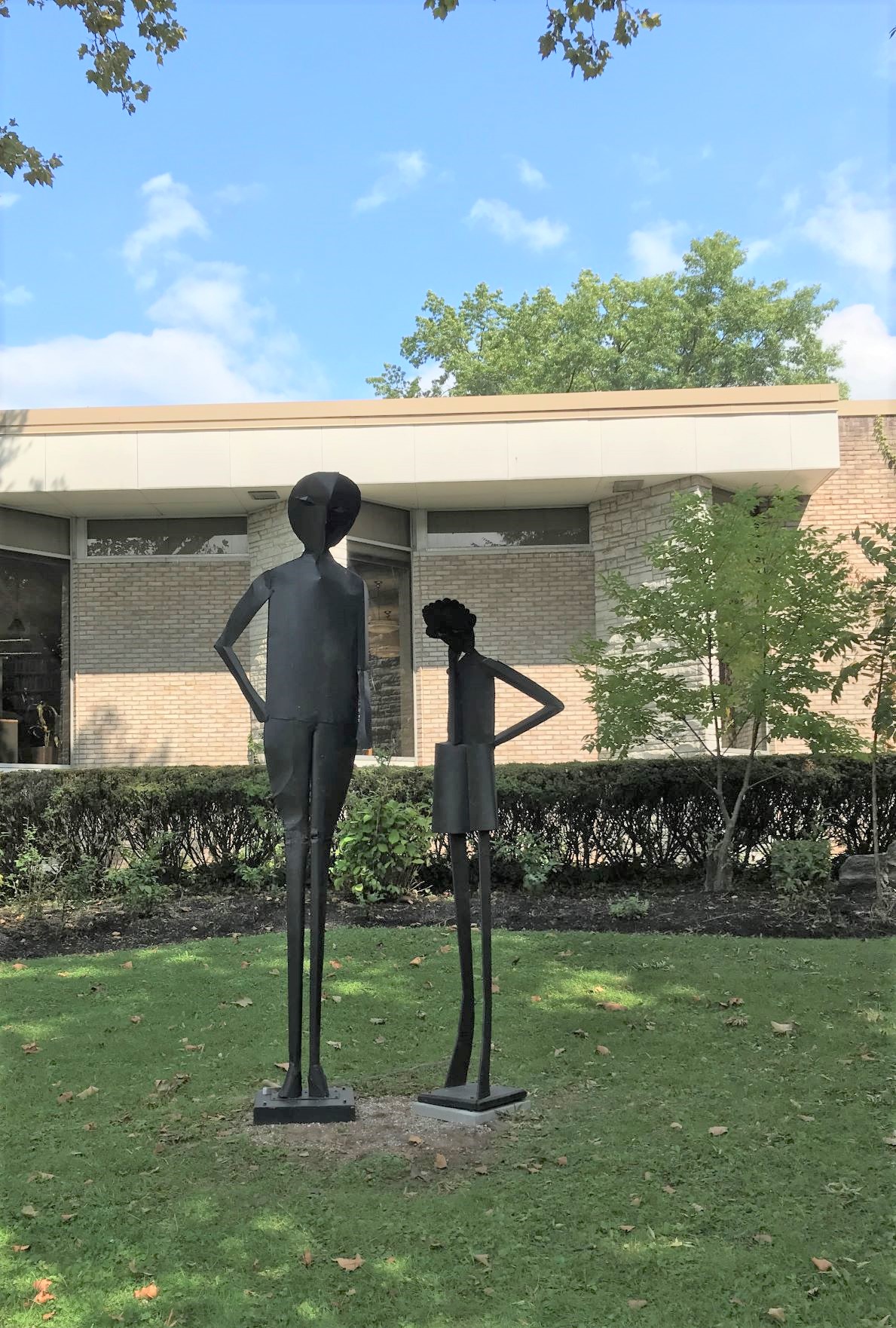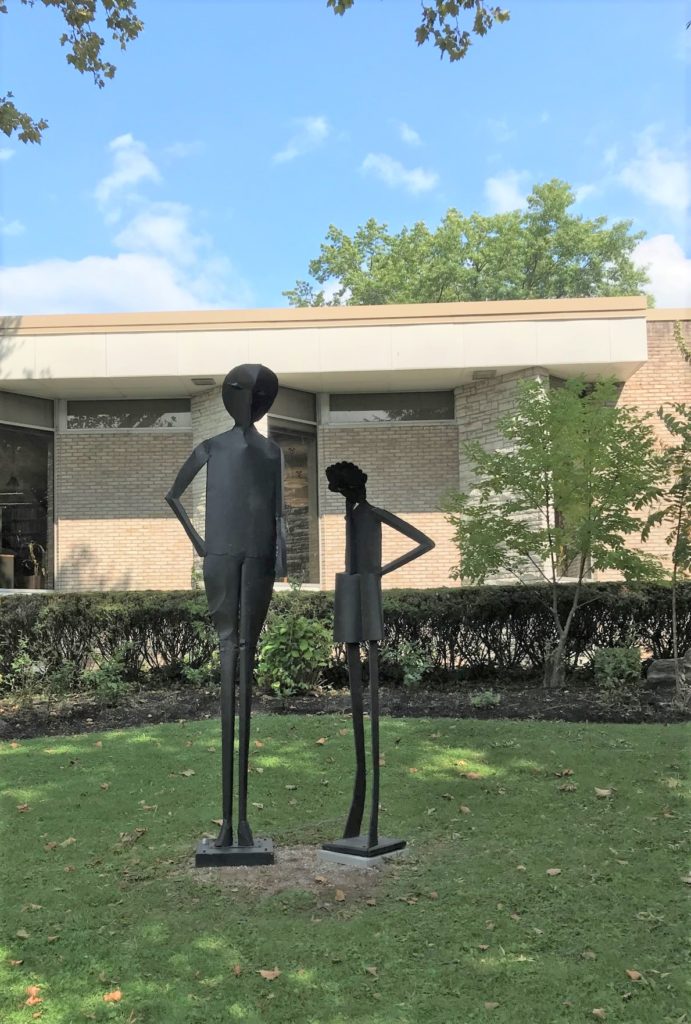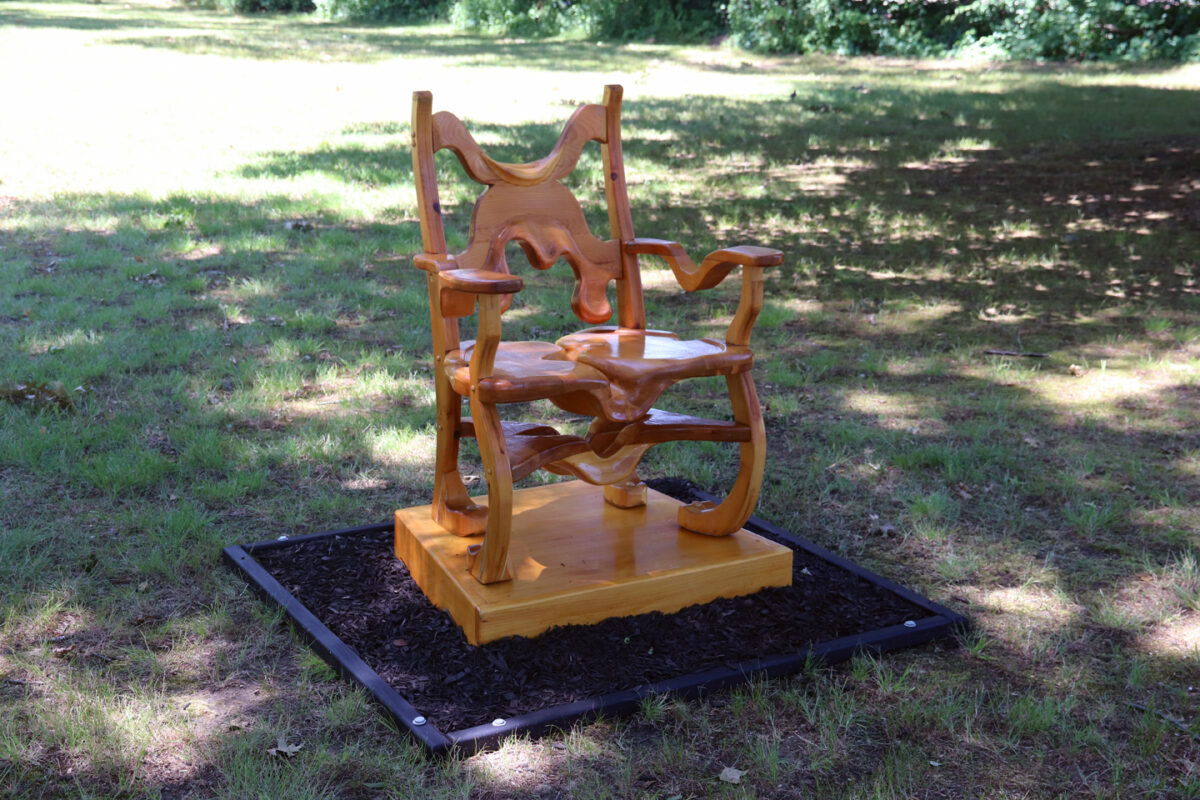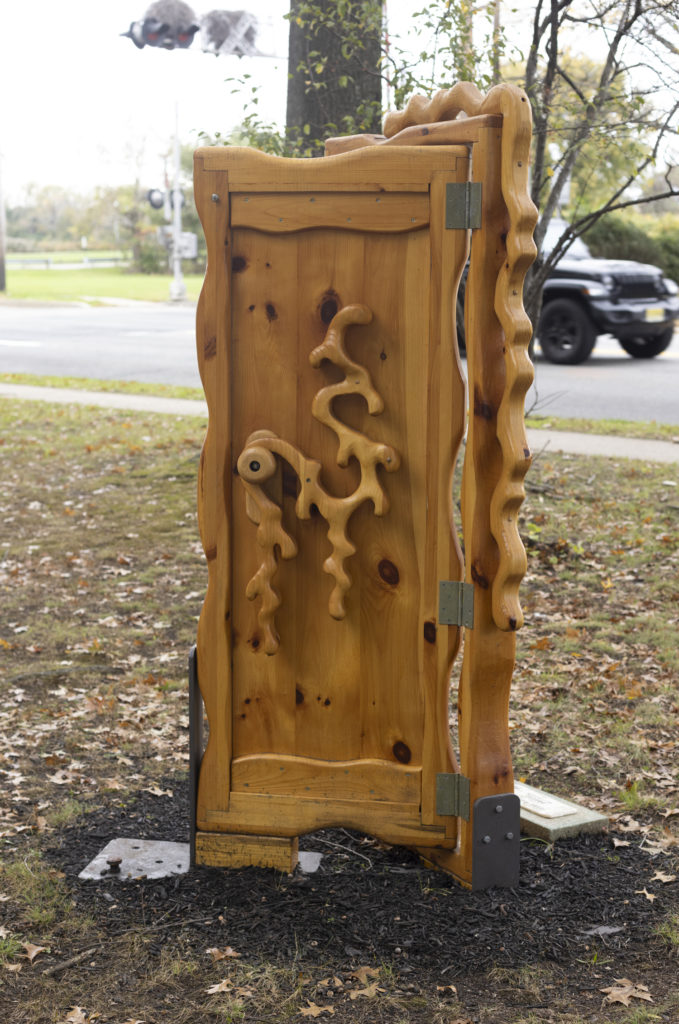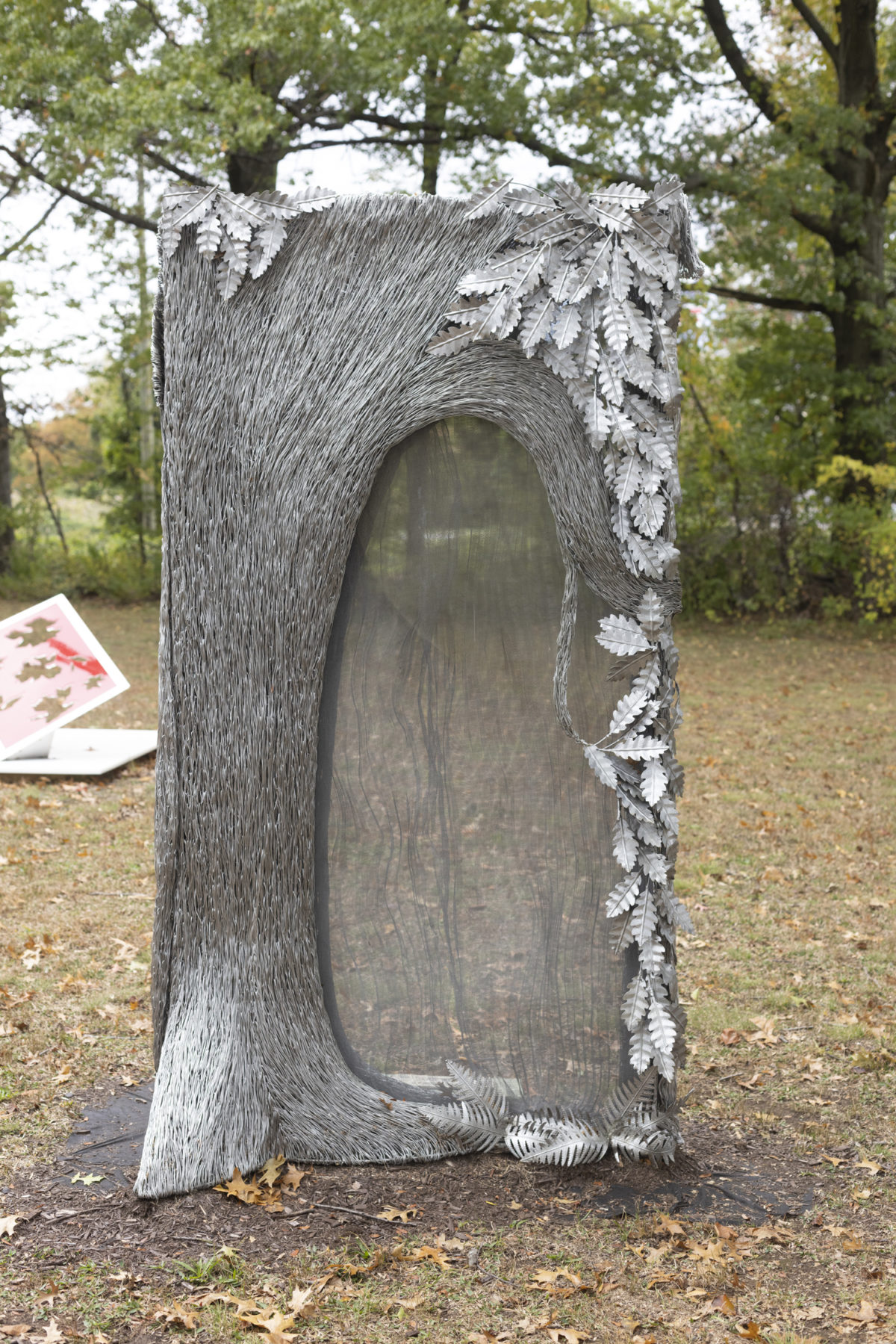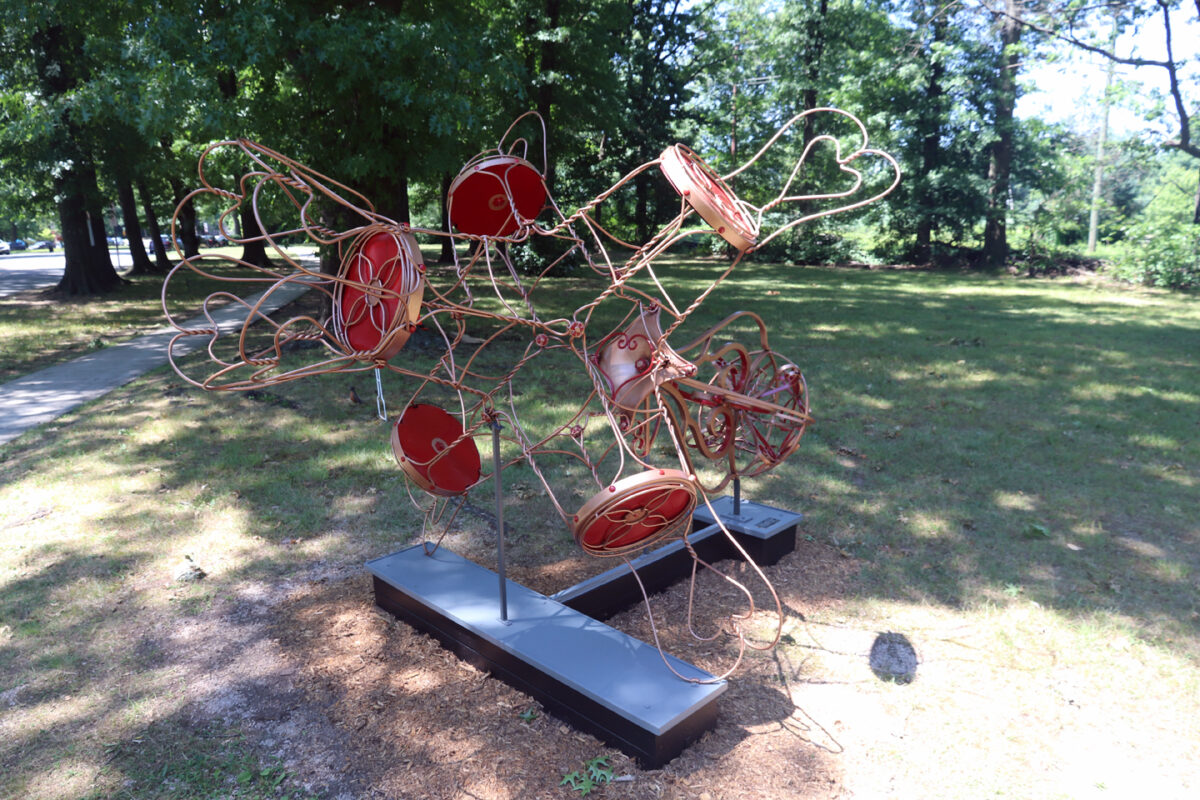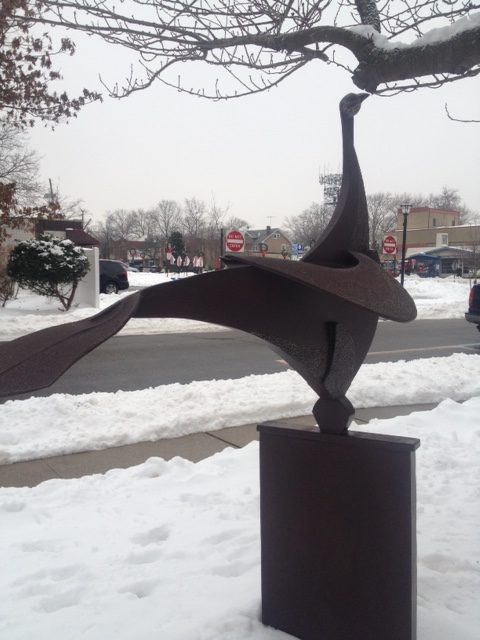Flowers of Steel
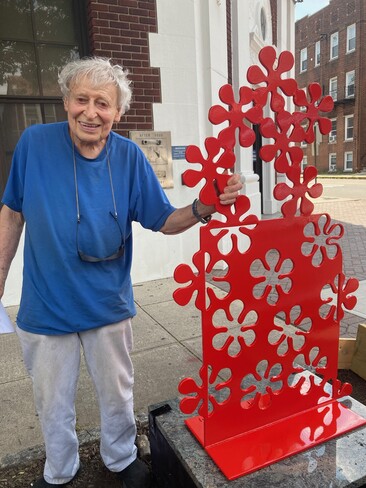
“Originally trained as a painter, my fascination with sculpture began during my stay in London when the atmosphere and the light became colder and less vibrant for me. This was a drastic change from the warmth and brightness of Israel where I grew up. Unlike in my paintings, repetition became a recurrent theme in my three dimensional works.
My traumatic experiences during the Holocaust where both my parents were killed left me with a lost childhood, and these early experiences affected my approach to art. Perhaps the most influential event in more recent years to shape the evolution of my art was the death of my 19 year old son in Israel’s war with Lebanon (1982). This difficult loss caused me to refocus on my feelings about the Holocaust and to create sculpture that was more symbolic. I believed that survival relied on strength and clarity, and that survivors should not be viewed as victims but as the underpinning for new life and renewal. I began constructing pieces where I used repetition (usually six figures with each representing one million souls) and sharply defined forms to convey the strength and unity that has emerged from the death of the six million. Sometimes the six forms stand separately and sometimes they are attached so that they emerge as one unique creation. In some sculptures, each of the six forms is painted with a different bright color which seduces even very young viewers to become engaged with the work. These vibrant colors also symbolize hope and highlight the fact that each of the six million were unique individuals.
Repetition of a form continues to be an integral element of my work. Using different colors, shapes and materials, I try to communicate my sense of how omnipresent repetition is in all aspects of life. In order to make my work more accessible to the broad public–both young and old–I also often use interaction and playful themes as tools to break down barriers.
My belief in the importance of the survival of all people continues to be the inspiration for new works.”
— Ephraim Peleg

